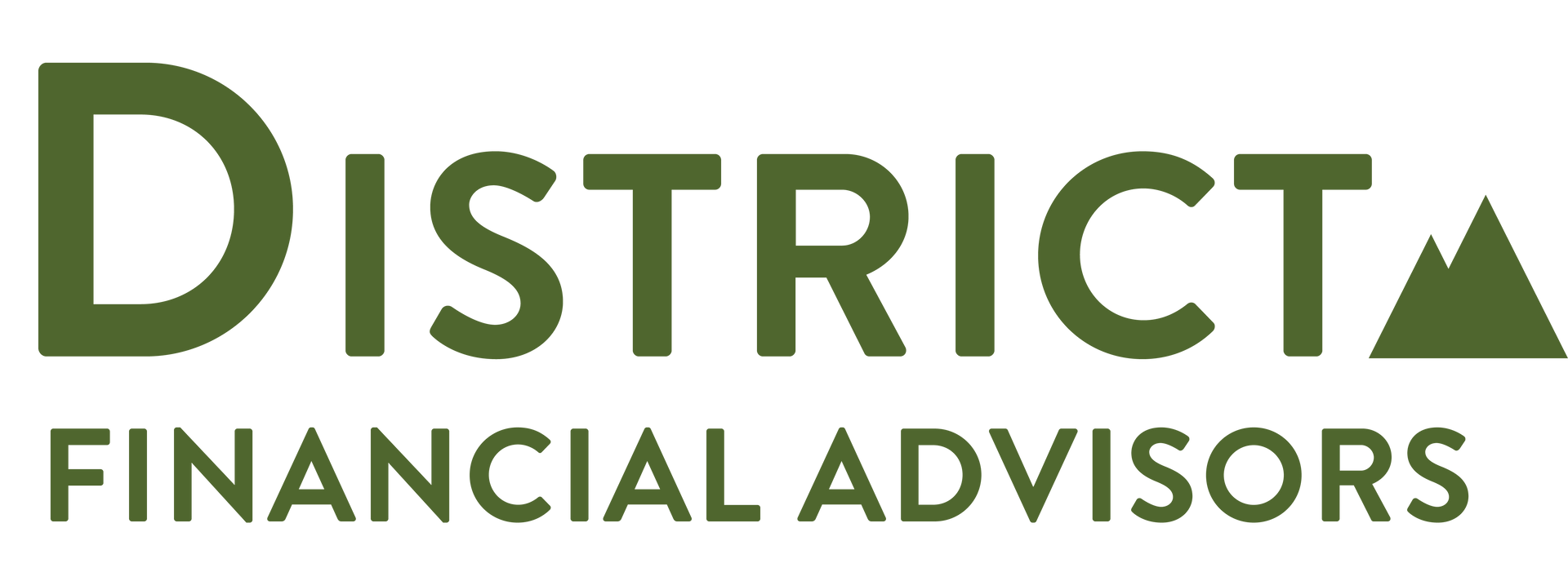5 Financial Planning Must-Haves for Federal Employees
Financial planning is easy to procrastinate on--even if you aren’t actively putting it off, it can still feel challenging due to the element of the unknown.
For federal employees, understanding and organizing your financial life can be even more complex due to the unique benefits and retirement options available. To help, here are five essential financial planning tools and concepts that every federal employee should have on their radar:
Benefits Summary.
Federal employment comes with a range of benefits, but many employees don’t fully understand what they have access to. Start by reviewing your benefits summary, which outlines your health insurance, retirement plans, life insurance, and other perks.
This document comes in different forms depending on the agency you work for, if you’re unsure how to access it reach out to your agency for help.
What to look for?
- What benefits you are currently enrolled in
- The specific details and coverages
- The cost to you and how much your agency is contributing
Learn how to interpret the details--understanding your benefits is the first step to making the most of them.
One Page Financial Plan.
A one-page financial plan can help simplify and visualize your plan. There’s no perfect format outside of the one that works for you, but you may consider including:
- Define your ‘Why’ and short + longer-term goals
- List concepts you’re currently working on
- Action items required to move closer to goals
- Track milestones + progress achieved
- Document current stats - net worth, gross income, savings rate, tax rate
Just get started, you can refine your version as you continue working with the concept.
Understanding How You Are Invested.
Do you know how your money is invested and whether it gives you an opportunity to reach your goals? Risk and return are the driving force behind the outcomes investors may experience, and getting this right is about as important as it gets. Being too conservative or too aggressive can both be equally damaging.
Take the time to understand how all of your money is invested—whether TSP, IRA or taxable money. Remember target dates are one-size fits all and your situation is likely anything but that.
Retirement Income Worksheet
This is one of my favorite tools, and one we talk about all the time. Creating your retirement income worksheet just takes a little bit of effort, but the payoff is clarity.
- Determine your current annual spending - use this as a basis for what you may spend in retirement. We’ve found retirees spend about 80%-100% of their current spending. At a minimum this gives you a starting point to work with.
- Project retirement income sources - FERS basic annuity, social security and investment income. Make sure to adjust for cost of living and/or grade+step increases, consider taxes and project for various ages.
- Add it all up. Future Cash Flow = Income-Expenses
This should give you an idea of what you can expect down the road.
Basic Estate Plan
Estate planning is essential for everyone. Start with the basics such as ensuring your will is up to date and reviewing beneficiary designations on retirement accounts and insurance. Consider health-care proxies, guardianship and the uses of a trust. Don't be intimidated, recent advances in digital tools have made this process more accessible for many families.
Summary
Remember financial planning isn't a one-time event. By tackling these 5 must-haves you’ll be on your way to creating or updating your plan, but make sure to check-in on your finances often. By creating a goal-based financial plan you'll give yourself an opportunity to see greater success and achieve your goals.
-Justin
*The content is developed from sources believed to be providing accurate information.
This material was created for educational and informational purposes only and is not intended as ERISA, tax, legal or investment advice. If you are seeking investment advice specific to your needs, such advice services must be obtained on your own separate from this educational material









